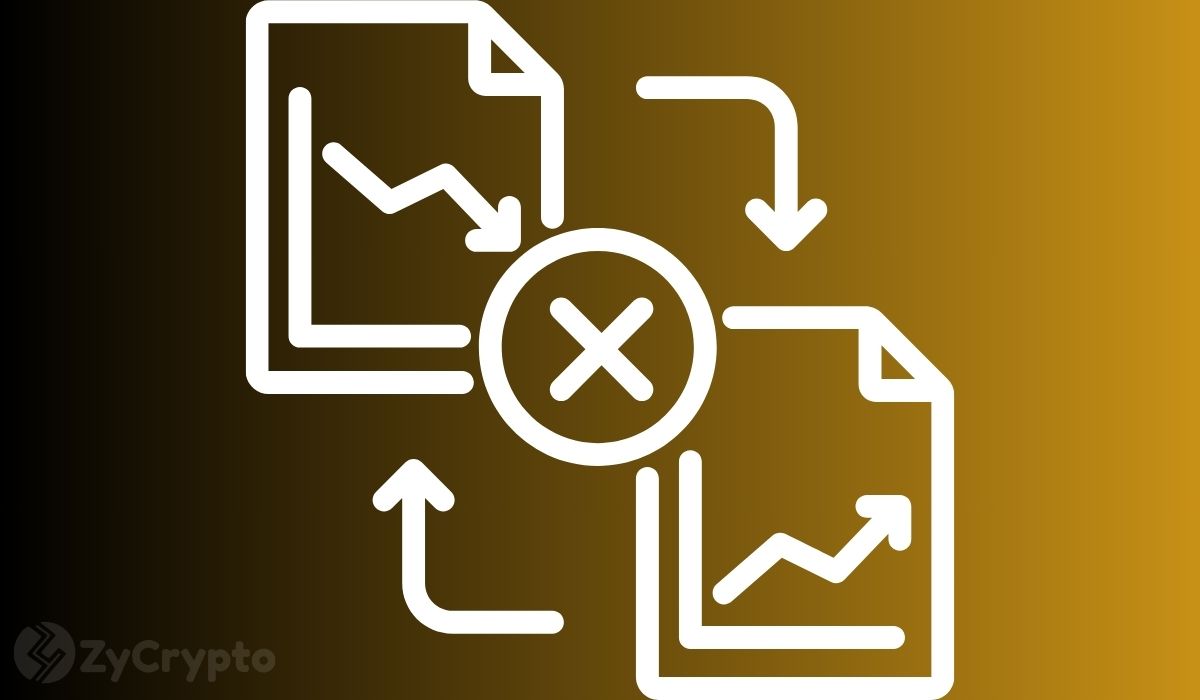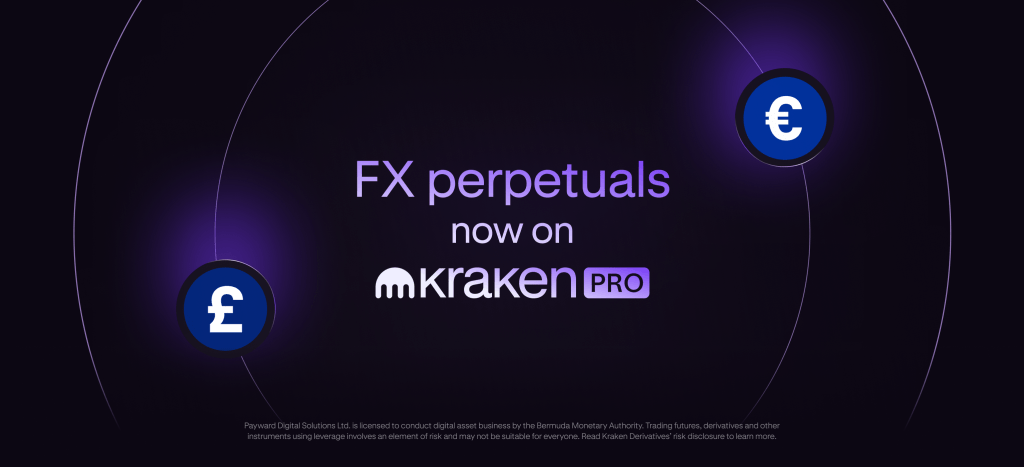
When the U.S. government sanctioned the Ethereum-based crypto mixing service Tornado Cash in 2022, it ignited a debate within the crypto community that continues three years later. Tornado enabled users to transfer crypto anonymously. The government contended that the service facilitated money laundering, prompting some of Ethereum`s validators and block builders to take steps to avoid engaging with Tornado-linked transactions, which made the service slower and costlier to use. Advocates argued that complying with the sanctions amounted to censorship — undermining a fundamental cypherpunk principle. President Donald Trump supported the cypherpunks and lifted the sanctions on Tornado Cash in March of this year, but for some Ethereum developers, the situation highlighted a flaw within the network that still exists today: Why should users depend on third-party apps to transact privately on the network? "Publicly accessible transaction graphs allow anyone to trace the flow of funds between accounts, and balances are visible to all participants in the network, undermining financial privacy," crypto security researcher Pascal Caversaccio explained in a blog post on Wednesday. "While the Ethereum network`s transparency fosters trustlessness, it also opens the door to potential surveillance, targeting, and exploitation." Perhaps emboldened by the recent Tornado Cash developments, Ethereum developers and researchers have once again begun discussing ideas for making the Ethereum network private at its core. "Privacy must not be an optional feature that users must consciously enable — it must be the default state of the network," said Caversaccio, whose post outlined his vision for a privacy-oriented Ethereum roadmap. "Ethereum`s architecture must be designed to ensure that users are private by default, not by exception." Caversaccio`s post identified several potential interventions — some new, some old — that could, according to him, would make Ethereum more private for end-users. One idea is to encrypt Ethereum`s public mempool — where transactions are sent before they`re recorded permanently. Another involves making Ethereum transactions confidential through zero-knowledge cryptography, new transaction formats, and other methods. "Today, Ethereum operates in a partial, opt-in privacy model, where users must take deliberate steps to conceal their financial activities — often at the cost of usability, accessibility, and even effectiveness," wrote Caversaccio. "This paradigm must shift. Privacy-preserving technologies should be deeply integrated at the protocol level, allowing transactions, smart contracts, and network interactions to be inherently confidential." In response to Caversaccio`s post, Ethereum co-founder Vitalik Buterin left a comment on the network`s main developer forum with his own much shorter privacy-oriented Ethereum roadmap. Buterin suggested focusing on privacy for on-chain payments, anonymizing on-chain activity within applications, making communication on the network anonymous, and privatizing on-chain reads. To achieve all of this, Buterin listed various steps like integrating certain third-party privacy features into the core network. One of the more substantial interventions suggested by Buterin involves moving the network towards a “one address per application” model — a departure from today`s system, where a single application may employ dozens of wallets for different features. “This is a major step, and it entails significant convenience sacrifices, but IMO this is a bullet that we should bite, because this is the most practical way to remove public links between all of your activity across different applications,” Buterin wrote. According to Buterin, if all of his suggestions are implemented, private transactions could be the default on Ethereum. The privacy discussion comes a few weeks before Ethereum’s next major upgrade , Pectra, which doesn’t have a major focus on privacy. Ethereum developers are also currently planning the network’s following upgrade to Fusaka. The changes to be included in that hard fork are not yet set in stone. Read more: Vitalik Buterin Disappointed With Embrace of Blockchain “Casinos”
CoinDesk
You can visit the page to read the article.
Source: CoinDesk
Disclaimer: The opinion expressed here is not investment advice – it is provided for informational purposes only. It does not necessarily reflect the opinion of BitMaden. Every investment and all trading involves risk, so you should always perform your own research prior to making decisions. We do not recommend investing money you cannot afford to lose.
Crypto Prices May Find Their Floor Mid-2025, Coinbase Flags Bear Market Signals

Coinbase researchers suggest that crypto prices may find their floor in mid-2025 before a wider recovery. The Bitcoin (BTC) price trades below the 200-day moving average, signaling a bearish trend that puts traders on high alert. Furthermore, the COIN50 index dropped in several key metrics, indicating caution in a range of altcoins. Bullish Outlook Wanes A new Coinbase institutional report depicts the current market realities amid evolving macro trends. According to the release, converging signals may be forming at the start of a crypto winter, as negative sentiments overshadow the bulls. This year, Bitcoin has faced major obstacles to its potential uphill run. The crypto leader by market cap saw crashing prices spilling into altcoins. After breaking a new all-time high above $108k, the asset bowed to the macro trends as the stock market correlation continued. As a result, Bitcoin recorded flash dips and sits at $83,700. The asset’s 200-day moving average shows a sharp decline, highlighting a bearish phase that kicked off in March after a previous deep. While the first quarter had its fair share of headwinds, Q2 2025 kicked off with President Trump’s sweeping tariffs. A look at the COIN50 index reiterated crashing trader sentiments, as assets have been trading under bearish zones since late February. This marked the end of speculations for an altcoin season, at least for the short term, as prices fell through multiple support levels. In January, altcoin bulls predicted a massive altcoin season that would fuel assets to multiple all-time highs. “Indeed, this is consistent with the total crypto market cap (ex-BTC) falling by 41% from its December 2024 high to $950B, compared to a (less than) 20% decline in bitcoin over the same period. This disparity underscores the higher volatility and risk premium inherent to altcoins further down the risk curve… Thus, we think this warrants taking a defensive stance on risk for the time being.” Crypto VC Funding Declines The dwindling market cap lowered bullish expectations ahead of the second quarter. Meanwhile, institutional capital brought fresh shock to the market. In recent months, institutional funds have triggered massive asset growth, leading to mass adoption. According to the report, crypto VC funding grew from the last quarter, but it’s still at a 60% low compared to the 2021/2022 cycle. A low capital inflow reduces investment and limits large accumulation for institutions. Overall, this delays market expectations for a bull cycle. CoinDesk

OM Coin Seeks Recovery as Market Holds Steady
BTC remains stable at $84,500 with weak trading volumes. OM Coin`s CEO announces plans for token burn and buyback program. Continue Reading: OM Coin Seeks Recovery as Market Holds Steady The post OM Coin Seeks Recovery as Market Holds Steady appeared first on COINTURK NEWS . CoinDesk











